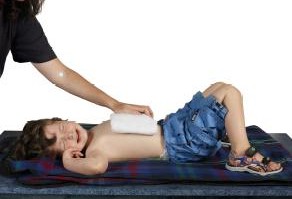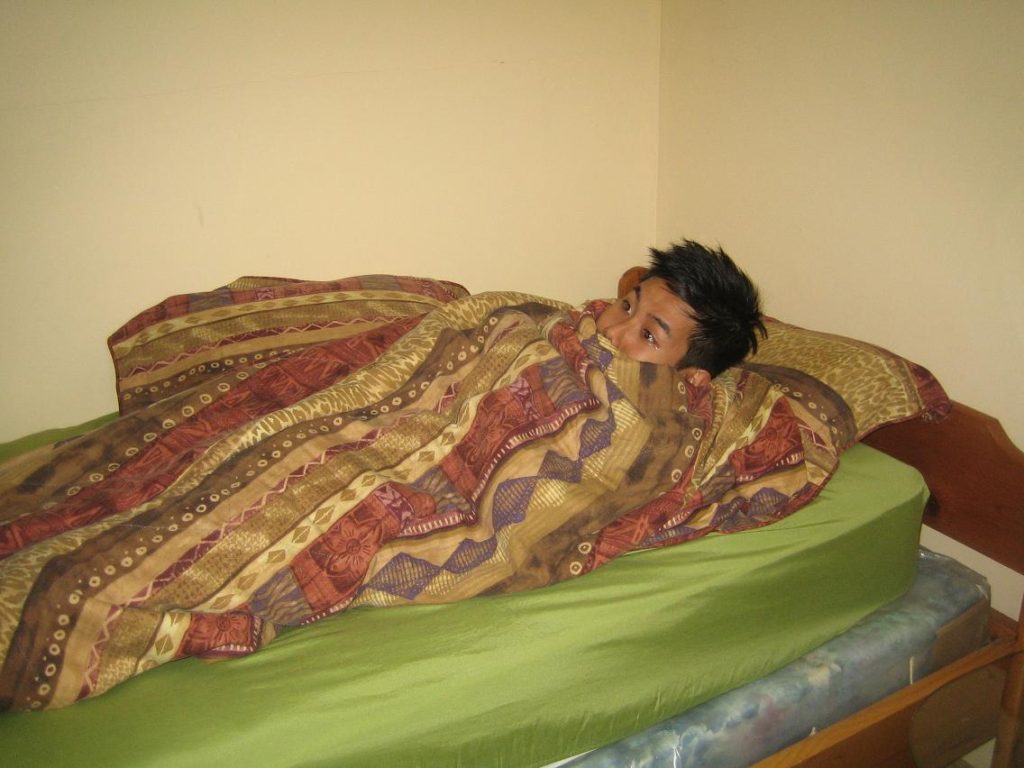A febrile seizure is an occurrence of unconsciousness accompanied by strong convulsions frequently with fever due to common childhood illness such as flu, common cold or even ear infections. Children 6 months and 5 years are susceptible to seizures with onset of fever.
Causes
- A high temperature of the body
- Viral infection such as roseola and flu which are usually accompanied by high fever
- Post-immunization seizures such as diphtheria, pertussis and tetanus or measles-mumps-rubella vaccinations. The affected child develops a low-fever after the vaccination and may cause seizures.
Symptoms

- The seizures can range from mild and eventually becomes severe shaking or tightening of the muscles.
- Fever higher than 100.4 F or 38.0 C.
- Losing consciousness
- Shaking or jerking of arms and legs
- Stiff neck
- Vomiting
- Severe sleepiness
- Breathing difficulties
Treatment for a febrile seizure
- Keep the child safe by placing him/her on a stable surface to prevent falling caused by uncontrolled movement. Place the child on the floor or on top of the bed. Another way is simply laying him/her on the lap and supported by both hands. If the child is already safe avoid moving him/her. Make sure the area of the child is clear of objects such as furniture to prevent the striking the furniture accidentally.
- Remove and loosen clothing from the waist up especially around the neck
- If the child vomits, turn the child onto her/his side to prevent difficulties in breathing. Avoid sticking anything into the mouth of the child to prevent choking or involuntarily biting the object.
- Give the child the prescribed over-the-counter medications such as acetaminophen or ibuprofen to lessen the pain. Avoid giving ibuprofen to children six months or below to prevent making the condition worse.
- Apply wet and cool cloth on the face and neck of the child to lower the fever and soothe the child.
- Give the child a bath using lukewarm water, to relax the body and lessen the fever and make the child comfortable and clean. If the child is still having the seizures, just give the child sponge bath. Avoid using cold water or rubbing alcohol in lowering the temperature of the body too quickly to prevent shock.
- Give the child plenty of sleep in a cool and comfortable room to lessen the fever.
- Wrap the affected child in blankets if he/she feels chilly.
Disclaimer / More Information
The material posted on this page on a febrile seizure is for learning purposes only. Learn to recognize and manage this condition by taking a first aid and CPR class with one of our training providers.
FACT CHECK
https://en.wikipedia.org/wiki/Febrile_seizure
https://www.webmd.com/children/febrile-seizures#1
https://www.mayoclinic.org/diseases-conditions/febrile-seizure/symptoms-causes/syc-20372522

